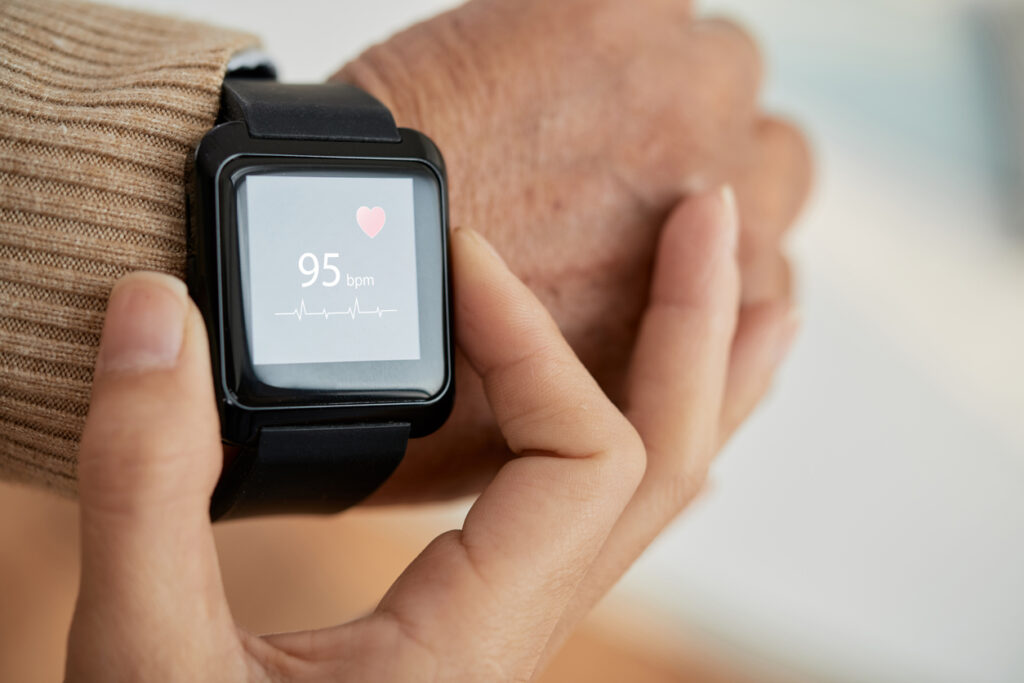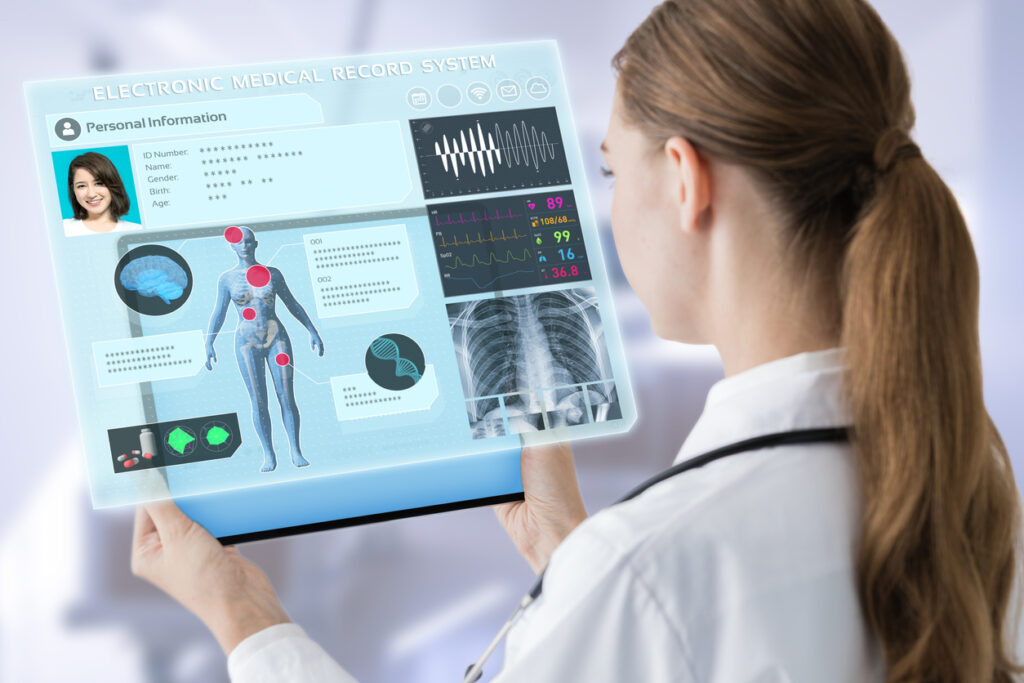The healthcare sector is leading a digital and technological revolution that is transforming all industries. The time when healthcare institutions primarily relied on reactive, manual maintenance methods to maintain the functionality of their essential systems and equipment is long gone. A new age in healthcare maintenance is beginning, fueled by the incorporation of smart technologies that promise to improve patient care, streamline operations, and protect the health of both patients and medical staff.
Challenges and Implementation of Smart Maintenance in Healthcare
The need for efficiency, dependability, and sustainability in healthcare infrastructure has never been more pressing as the globe struggles with unprecedented problems like pandemics, an ageing population, and rising healthcare expenses. As per WHO (World Health Organization), the percentage of people over 60 in the world will increase from 12% to 22% between 2015 and 2050. Smart technologies are the solution to these challenges. With proactive monitoring, predictive analytics, and real-time decision making, it is possible to create a safer, more efficient, and more patient-centric healthcare environment.
3 Maintenance Solutions for Smart Hospitals
Smart maintenance in healthcare is changing the way how medical equipment, facilities, and systems are monitored, repaired, and maintained by utilising data, artificial intelligence, and interconnected devices.
Below we present the key concepts, emerging technologies, and real-world applications that are reshaping the future of healthcare maintenance. Undoubtedly, smart maintenance is poised to revolutionise the healthcare sector, promising benefits such as increased equipment uptime, reduced operational costs and elevated patient experiences. Read on to see the top 3 maintenance solutions for smart hospitals.
1. Predictive Analysis
Predictive maintenance brings several benefits to the healthcare sector, including early detection and prevention of equipment issues, better healthcare for patients, and cost savings through improved efficiency. It relies on sensors, IoT, and smart technology to monitor and manage equipment performance. In healthcare, IoT devices and sensors enable continuous monitoring of patients’ vital signs, so that healthcare professionals can detect any anomalies or potential health issues. Devices, like wearables, can track and identify potential risk factors, giving real-time information about health and/or treatment plans. Some of them have already saved lives.

Additionally, medical equipment can be remotely monitored to detect any malfunctions. Facility managers or technicians can easily find what particular equipment needs repairing thanks to predictive maintenance. It also increases machinery lifespan and at the same time reduces costs. Discover some of Moxa’s medical application devices or read more about smart technology in medical device manufacturing.
Predictive maintenance in smart healthcare not only helps with the monitoring of machinery and patients parameters but it even helps with supply chain management, by monitoring the temperature, humidity and location of pharmaceuticals.
2. Telemedicine and Virtual Care
Remote communication has become really popular, especially since the COVID-19 pandemic emerged in 2020. Even though the pandemic is over, remote communication is still present. One method of remote communication is telemedicine, which enables patients and healthcare professionals to interact without needing to visit the hospital.
Telemedicine and virtual care are revolutionising the healthcare system. Patients can receive remote consultations from healthcare professionals without the need to leave their homes. On top of that, healthcare providers can work in a more coordinated and organised manner, which is especially important in times of ageing population where the number of patients is higher. Smart hospitals enable monitoring and management of patients remotely and healthcare professionals can make diagnoses and prescribe treatment remotely.

There is also a new form of telemedicine, called telesurgery, which is a remote surgery or robotic surgery performed by a surgeon at a remote location, often with the help of VR glasses (to find out more about how AR and VR are revolutionising safety, go to this article). This allows the surgeon to operate on a patient who is located, for example in a different part of the world. A few surgery procedures have been performed on 5G networks, such as spinal and endoscopic surgeries.
3. Automated Workflows
With patient tracking systems and automated monitoring and tracking, manual tasks can be reduced. How do they work? Through healthcare workflow automation, the time that physicians and nurses spend on administrative tasks, such as paperwork, can be eliminated. This allows them to spend more time with patients and improves the quality of care. Doctors and medical staff have insights into their patients’ medical condition and health so they do not need to manually open each persons’ medical record.
Other ways in which automated workflows benefit smart hospitals:
- Appointment scheduling and reminders – sending reminders and confirmations to patients via email, text message, or mobile app notifications.
- Efficient patient registration and check-in – enabling patients to fill-in forms before appointments, reducing paperwork and wait times.
- Medical and electronic health records (EHR) management – with automated workflows, accessing and streamlining patients’ health records and information is much easier and more efficient. Medical automated management also enables dispensing and administration of medications as they can be electronically transmitted. It reduces errors, enhancing patients’ safety.

- Laboratory and diagnostic testing – enables efficient processing of tests and results as the samples can be tracked automatically so the patients can get their results faster and at the same time the treatment.
- Asset and equipment tracking – with automated workflows, the location, status, and maintenance needs of medical equipment and assets can be tracked so there are no shortages and no downtime.
- Quality assurance and compliance – monitoring and recording quality assurance and compliance with regulations so any potential issues can be flagged on time.
- Data analysis and reporting – smart hospitals collect a vast amount of data to be able to analyse and report on patients and treatment in real-time. It also allows practitioners to determine if any improvements to patient care or operational efficiency are required.
To find out more about healthcare, check out our top 10 healthcare technology trends and learn more about remote patient monitoring, virtual care and predictive analysis, and explore new technologies in the health sector.
Medical disclaimer
All content and information in this article is for informational and educational purposes only and does not constitute medical advice.










